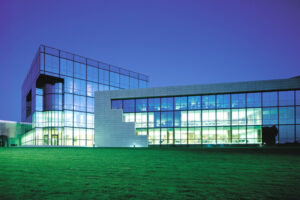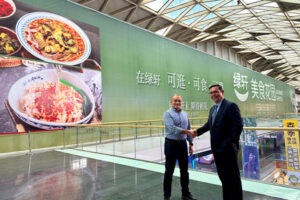By Luc Lescault
Milan, Italy’s second municipality by population with around 1.3 million inhabitants in 2016, is the administrative capital of the Lombardy region, accounting for 22% of the country’s GDP.
The city is the main financial, commercial, and industrial center in the country, continuously attracting investments and new business activities. Its reputation is associated with fashion, design, and business. Today, it is home to the largest Italian banking groups, the country’s stock exchange, and most of Italy’s Fortune 500 companies.
The city offers a wealthy environment for sales potential: In 2016, the average disposable income per capita in the Municipality of Milan was 45% above the Italian average; in terms of consumption levels, the city is 37% above Italy. With regard to income earners, around 12% of Milan citizens earn more than €55,000 compared to the Italian figure of 4%. Consumer spending growth will continue in the next 10 years, and it will be more accentuated in Lombardy.
Lastly, the current employment rate in the province of Milan is higher compared to Lombardy and Italy, reaching 69%. This leading position will be maintained over the next few years within the context of further general growth.
However, the current mall landscape does not fulfill the expectations of this high potential market. The two key facts regarding Italian shopping centers stock involve age and average dimension: 73% date back to before 2007, and only 17% is larger than 40,000 sq m GLA. These percentages are aligned when only taking Northern Italy into consideration: 78% of the existing stock was built before 2007, and 17% is larger than 40,000 sq m GLA.
Moreover, despite the wealth characterizing Lombardy and Milan, a detailed analysis of the stock in 2017 highlights the fact that these markets are far from being saturated: Milan still lacks modern and large shopping center stock. Its existing stock is fragmented into smaller assets and is far from being significantly regional.
As a general matter, throughout Italy, the limited presence of regional shopping centers can be seen in the wide gap between general density by region and density greater than 40,000 sq m GLA. This is also due to the general configuration of the territory, where only approximately 24-28% of the land is flat and buildable.
With regard to retail density in the Province of Milan, the overall GLA per 1,000 residents is 448 sq m (approximately 70% more than the Italian average). However, it dramatically drops to 156 sq m when looking at shopping centers larger than 40,000 sq m.
The total completions of shopping centers in the Province of Milan has been extremely limited in the last 10 years. The 2016/2017 period only saw one major opening of a 92,000 sq m scheme.
In conclusion, all the aforementioned elements highlight a major opportunity to fill the qualitative gap in the Milan area by building qualitative, large, and modern shopping centers and introducing or adapting the best international industry benchmarks. This trend will also force existing assets to review their business models, to the consumers’ benefits.
Sign up for our ACROSS Newsletter. Subscribe to ACROSS Magazine.





